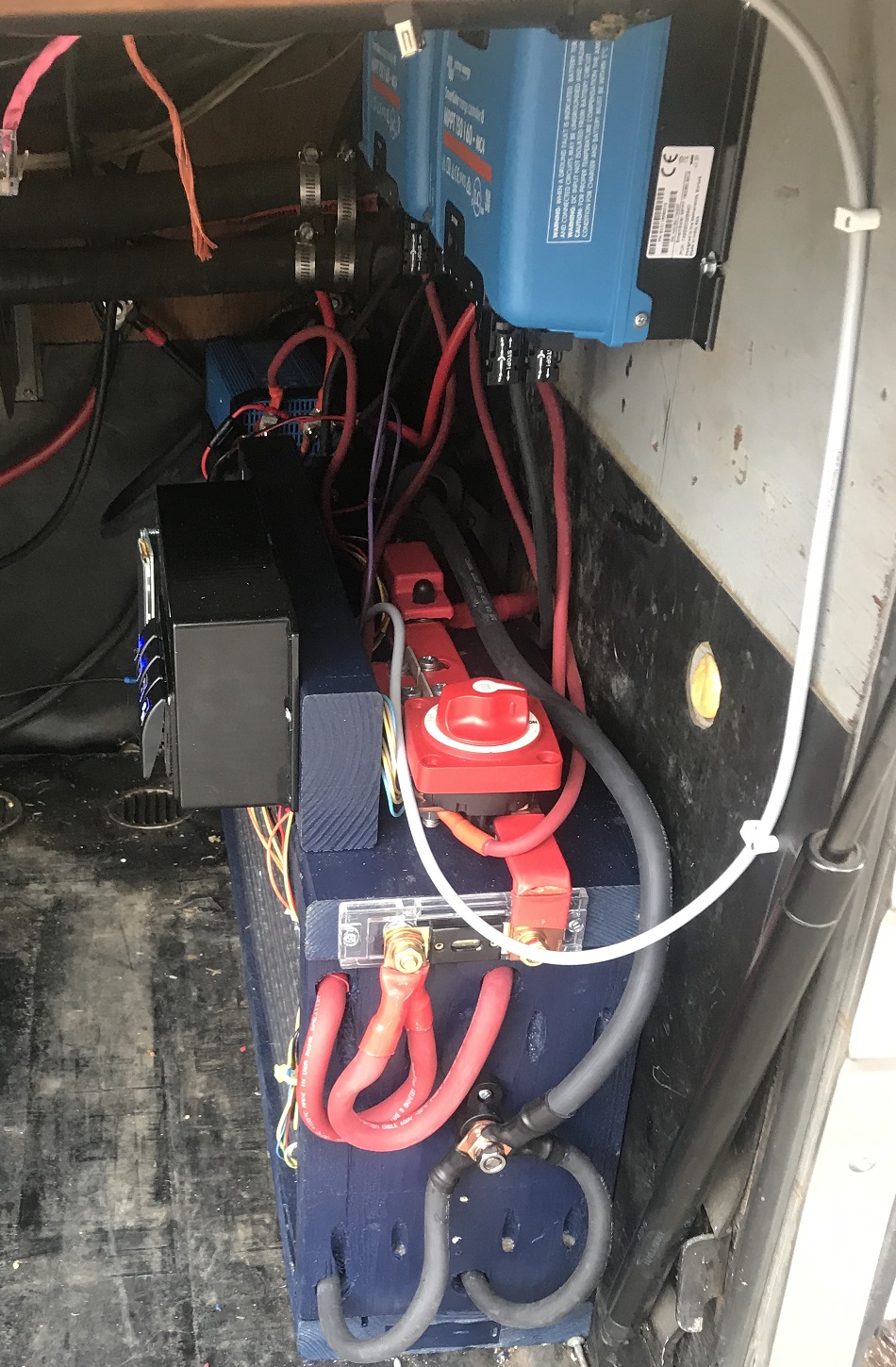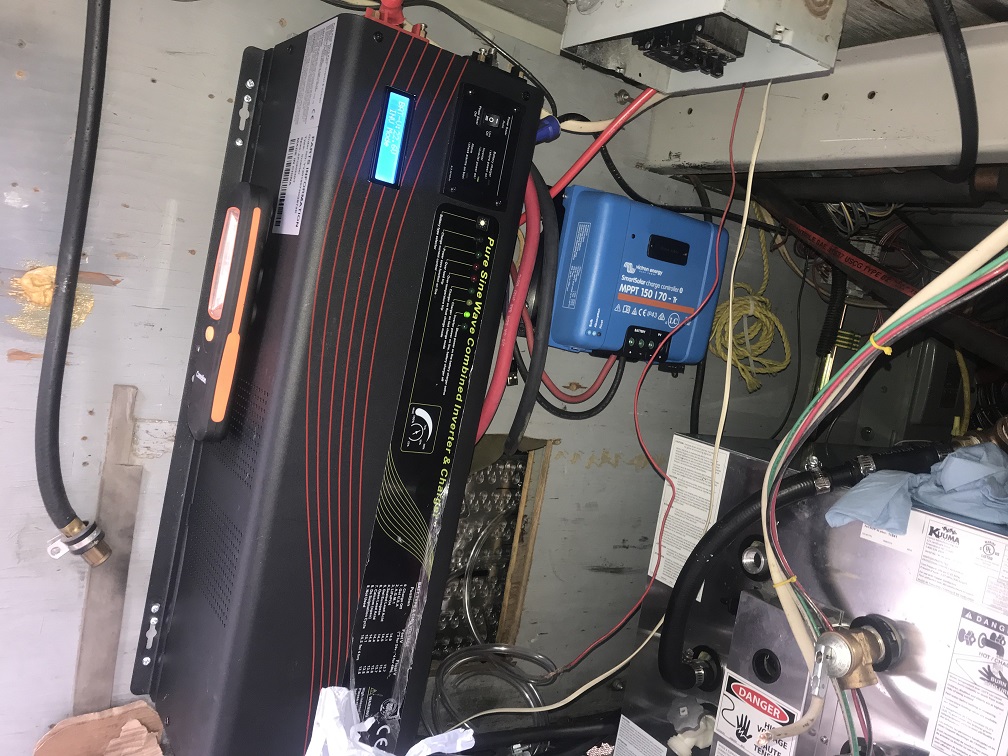LV_Solar
Member
Alright lots of info there, here's a couple things:
You won't be able to curtail because the M215 don't support it. In other words you can't slowly raise the grid freq 1hz at a time to lower the solar output by x% per hz. You can still however trip using freq shift, meaning that if the freq goes to 62.5hz they'll shut off. This is good to keep in mind while looking at inverters since curtailing is more expensive than just AC freq trip.
is 11kW the max you've ever seen or the average? You'll want to know the max it outputs for the next calculations, for example here are mine
View attachment 493768
I used the table above to calculate the charging rate for each module and cell to ensure I wasn't charging the cells at a rate higher than they were designed, to figure out if I would need cooling during charging and the size of my fuses (after figuring out the max usage of my loads). You'll also want to know the max solar output to figure out what size inverter you'll need.
Here's my parts list for the major components, I already had things like RPI, contactors, etc.
Interconnect Pannel $206.03 Amazon 6/1/19
ATS $232.68 Amazon 6/1/19
Hose to drain battery coolant $10.50 Lowes 5/22/18
BMS $2,495.00 EVTV 5/17/29
Four Module Harness for BMS $59.95 EVTV 5/17/29
Four Module Extension Harness for BMS $59.95 EVTV 5/17/29
Sigineer 12kW $2,695.00 EVTV 5/17/29
Surge Protector $119.95 EVTV 5/17/29
Surge Protector $119.95 EVTV 5/17/29
60kW Battery Pack $11,200.00 eBay 5/17/19
Pack wall mounting hardware $30.37 Lowes 6/11/19
Hydraulic Crimper $35.95 eBay 6/2/19
Module Level Fuses + Holders $82.54 OnlineComponents 6/11/19
AC Relay for ATS $11.99 Amazon 6/11/19
Bus Bars $133.13 Alro Metals 6/4/19
Insulator, 20mm Hgt, M6 Thread $33.27 Galco 6/6/19
Line Splice $70.24 Amazon 6/11/19
Wire Cutter $17.65 Amazon 6/11/19
Vise Brake $34.95 Amazon 6/11/19
Q280 Breaker (2) $60.00 Amazon 6/11/19
Q250 Breaker $9.91 Amazon 6/11/19
The main issue I see with your current setup is that you have a supply side interconnection, so islanding your home during a power outage will also disconnect your solar since that is on the meter socket itself, Would you happen to have a diagram of your circuit? I want to make sure I'm reading your post correctly, even a hand drawn one will do.
You also mentioned not being worried about UL, keep in mind that a lot of AHJs require UL listing when submitting your plans, if FL requires it I'm sure CA does as well.
L-P-G Thanks for the awesome writeup. I have a nearly done project very similar to yours with some fun features in a Rpi controlling SimpBMS on my Tesla modules and a Solaredge Grid-tied Inverter behind it. You specifically call out using a contactor you added to the Signeer to take it off the grid and force offgrid mode. Why not just flip the Battery Priority/AC Priority dip switch on the Signeer?




